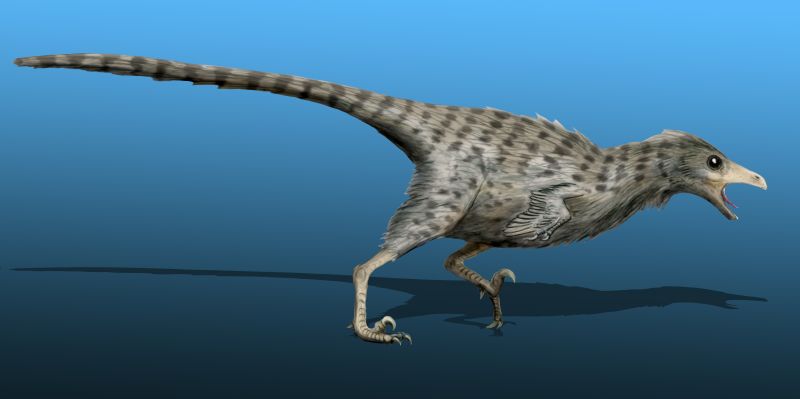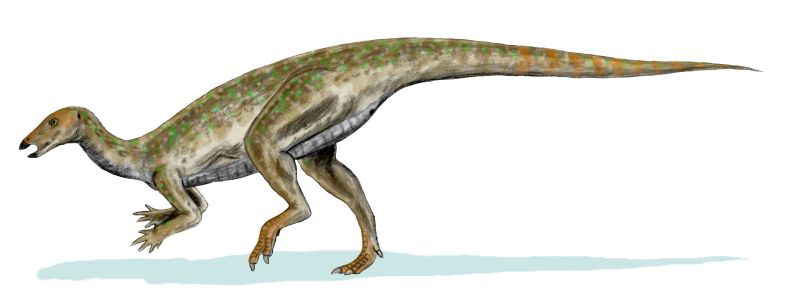In our world, cats purr from our laps and dogs fetch our slippers, but imagine an alternate reality where the asteroid never hit and dinosaurs evolved alongside humans. While we typically picture dinosaurs as towering behemoths, paleontology has revealed numerous small species that might have made delightful companions in this fascinating alternate universe. These pint-sized prehistoric creatures possessed characteristics surprisingly compatible with domestication—manageable size, interesting behaviors, and, in some cases, even endearing appearances. Let’s explore ten diminutive dinosaurs that, had evolution taken a different path, might have been curled up at the foot of your bed rather than fossilized in stone.
Microraptor: The Four-Winged Wonder
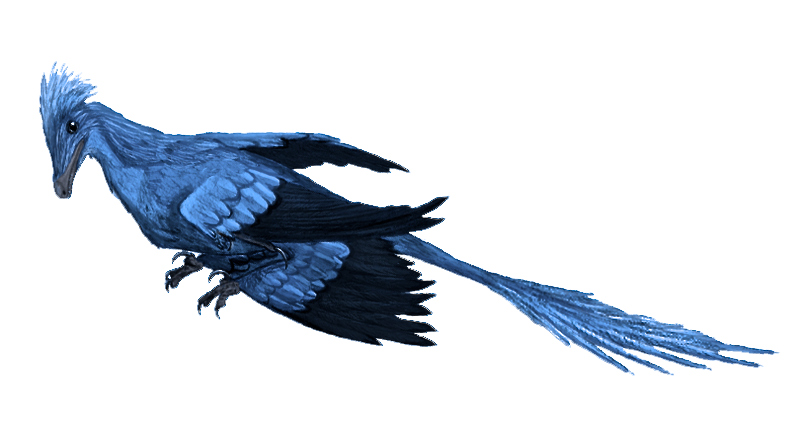
At just 2.5 feet long and weighing less than a house cat, the Microraptor would have made an enchanting avian-like pet in our alternate universe. This crow-sized dinosaur sported four wings—not just on its arms but on its legs too—creating a biplane-like configuration that allowed it to glide between trees in ancient forests. Imagine this iridescent, feathered creature perched on your shoulder, its feathers shimmering with blue-black hues similar to modern crows and ravens. In our parallel world, microraptors might have been trained to retrieve small items, with owners proudly displaying their pets’ graceful gliding abilities in neighborhood competitions. Its relatively small teeth and diet of fish, lizards, and small mammals would have made feeding time an enjoyable but manageable affair for dedicated dinosaur enthusiasts.
Compsognathus: The Chicken-Sized Companion
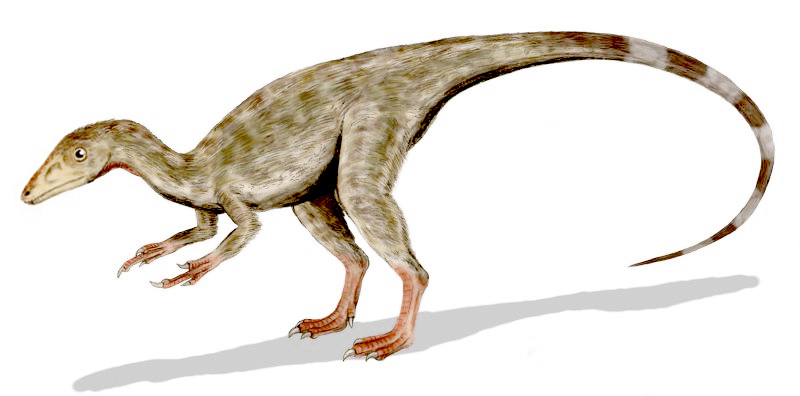
Often described as “chicken-sized,” Compsognathus was a sleek, bipedal dinosaur reaching just 3 feet in length and weighing approximately 6-7 pounds—perfect lap-pet dimensions. Living during the Late Jurassic period around 150 million years ago, these swift hunters had long, flexible necks and delicate, grasping hands that would have made them fascinating to watch as they explored their surroundings. In our alternative timeline, “Compsies” might have become the dinosaur equivalent of ferrets—playful, curious, and surprisingly affectionate with their human caretakers. Their insectivorous diet would have made them excellent for natural pest control around homes, eagerly hunting down household bugs with their quick reflexes and keen eyesight. Owners might have fashioned special harnesses to take their Compsognathus companions for walks, entertaining neighbors with their dinosaurs’ characteristic bird-like movements.
Mei Long: The Permanently Sleepy Snuggler

The name Mei Long means “soundly sleeping dragon” in Chinese, incredibly fitting for this troodontid dinosaur discovered in a bird-like sleeping position with its head tucked under its limb. Standing barely a foot tall and measuring around 2 feet long, this feathered dinosaur would have been the perfect cuddle companion in our alternate reality. Its brain-to-body ratio was relatively high, suggesting intelligence comparable to modern birds, potentially making it trainable and responsive to human interaction. Mei’s dense feathering would have made it warm and soft to the touch, perfect for snuggling during chilly evenings. In our parallel world, these dinosaurs might have been prized for their calm demeanor and tendency to form strong bonds with their owners, perhaps even recognizing family members by their faces and voices—not unlike today’s parrots and ravens.
Epidexipteryx: The Show-Off with Spectacular Plumage
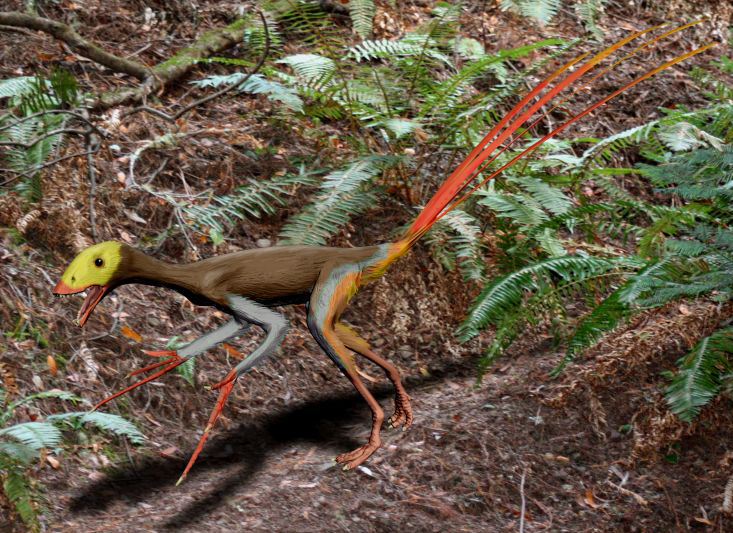
If peacocks impress you, Epidexipteryx would have been the dinosaur equivalent of a living ornament. This pigeon-sized creature measured just 25 inches long, with nearly half that length consisting of four extraordinary ribbon-like tail feathers that would have made it the envy of dinosaur fashion. Unlike many feathered dinosaurs, Epidexipteryx had plumage primarily for display rather than flight, with long decorative feathers that could have been fluffed and presented to impress potential mates—or in our alternate universe, to charm human admirers. These small dinosaurs possessed unusual elongated third fingers, likely used to probe for insects in tree bark, which in a domesticated setting might have made them entertaining to watch during feeding time. Owners in our parallel world might have participated in “Epidex shows,” where these flamboyant dinosaurs would be judged on the brilliance of their plumage, much like modern dog or bird shows.
Hesperonychus: The Mini Raptor Next Door

As the smallest known dromaeosaurid (raptor) in North America, Hesperonychus elizabethae weighed just 4-5 pounds—about the size of a chicken—yet packed all the fascinating features of its larger Velociraptor cousins into this compact package. Living in what is now Alberta, Canada, about 75 million years ago, this little predator sported the iconic sickle-shaped claw on each foot, though at its size, it would have been more suited to hunting insects and very small animals than anything threatening to humans. In our alternate timeline, these mini raptors might have become prized for their intelligence and trainability, perhaps even serving as the dinosaur equivalent of hunting dogs, helping their owners track small game with their keen sense of smell and sharp eyesight. Hesperonychus owners might have developed specialized toys to satisfy their pets’ predatory instincts, including puzzle feeders that challenged their problem-solving abilities.
Yi Qi: The Batwinged Oddball
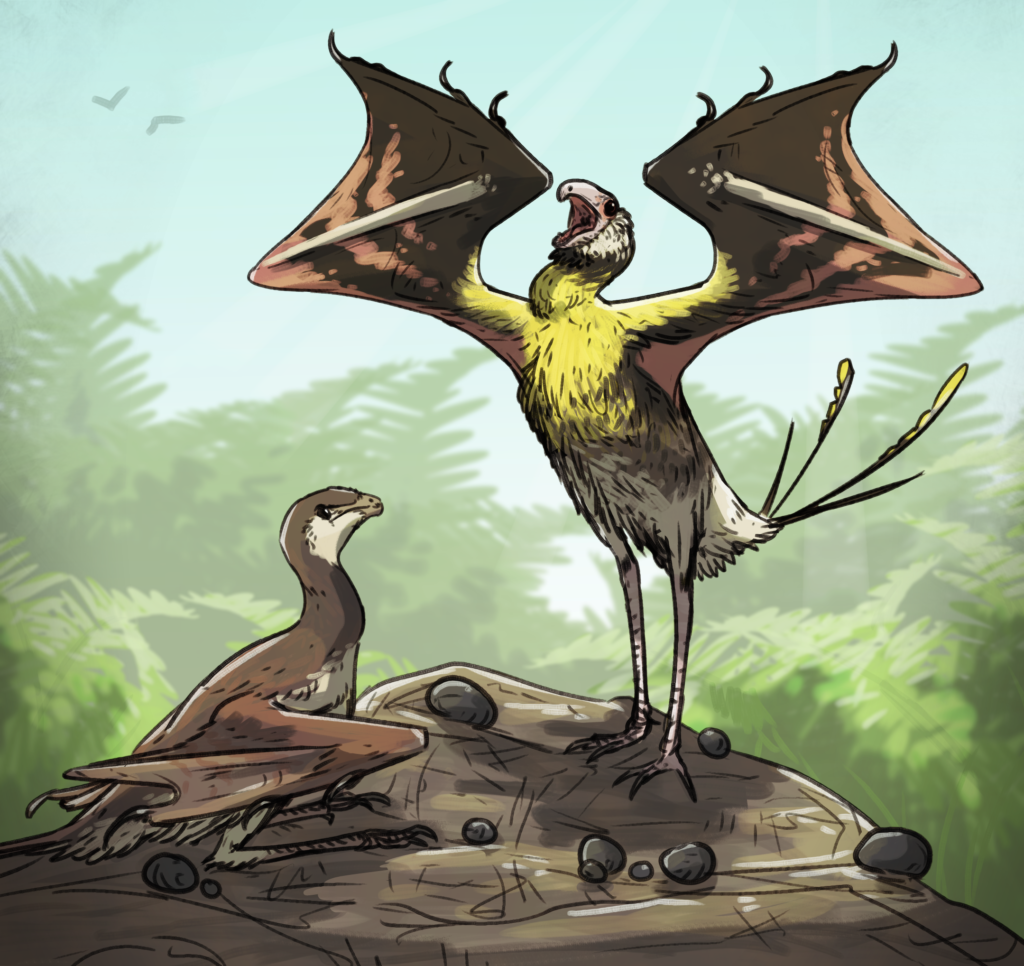
Perhaps the most unusual pet on our list, Yi qi (pronounced “ee chee”) was a small dinosaur with bat-like membrane wings stretched between elongated fingers—a unique flight adaptation not seen in any other known dinosaur. Weighing less than a pound and measuring about 33 centimeters long, this strange and wonderful creature would have been an exotic companion in our parallel universe. The membrane wings of Yi qi might have made it resemble a living dragon toy, captivating children and adults alike with its otherworldly appearance. Although paleontologists debate exactly how well Yi qi could fly, in our alternate reality, dedicated breeders might have selectively bred these creatures to enhance their flying abilities, creating Yi qi “air shows” where these bat-winged dinosaurs performed aerial maneuvers. The name Yi qi means “strange wing” in Mandarin, and owners would certainly have found these peculiar pets to be wonderful conversation starters.
Micropachycephalosaurus: The Tiny Head-Butter

Boasting the longest name for the smallest dinosaur on our list, Micropachycephalosaurus (meaning “tiny thick-headed lizard”) would have been an endearing if slightly stubborn pet. At just 3 feet long, this miniature version of the dome-headed dinosaurs retained the characteristic thickened skull roof of its larger relatives, though likely used it for species recognition rather than combat. In our alternative timeline, these dinosaurs might have developed a reputation similar to bulldogs—small in stature but big in personality, occasionally using their reinforced heads to nudge their owners when seeking attention or treats. Their herbivorous diet would have made them relatively easy to feed, perhaps grazing on household herbs or specialized “dino greens” grown specifically for domestic dinosaur consumption. Young children might have particularly enjoyed these dinosaurs for their comical waddle and occasional playful head-pushing games that posed no real danger due to their small size.
Anchiornis: The Four-Winged Feathered Friend
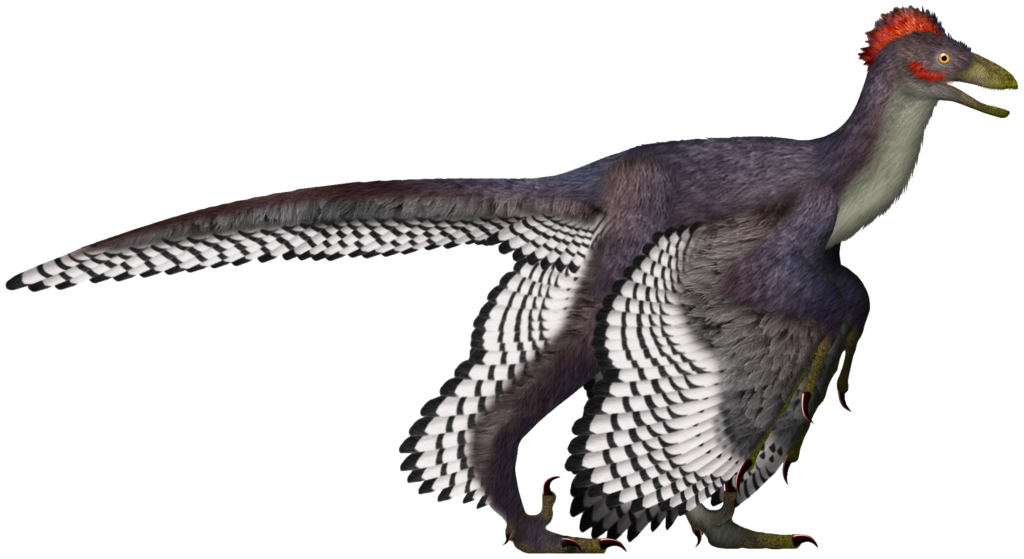
Predating the Microraptor, Anchiornis was another four-winged dinosaur that would have made a spectacular avian-like companion. About the size of a modern crow, this dinosaur lived in the late Jurassic period in what is now China, and remarkably detailed fossils have allowed scientists to determine its exact coloration—black body feathers with white accents and a rufous crest on its head. This striking plumage would have made Anchiornis a beautiful display pet in our parallel universe, perhaps kept in specially designed aviaries where they could safely glide from perch to perch. Their feathers were more primitive than modern birds, giving them a fluffy, downy texture that would have been pleasant to stroke. In this alternate reality, Anchiornis enthusiasts might have formed clubs dedicated to breeding for particular color patterns, creating shows where these dinosaurs were judged on the vibrancy of their crests and the contrast of their wing markings.
Aquilops: The Pocket-Sized Proto-Ceratopsian
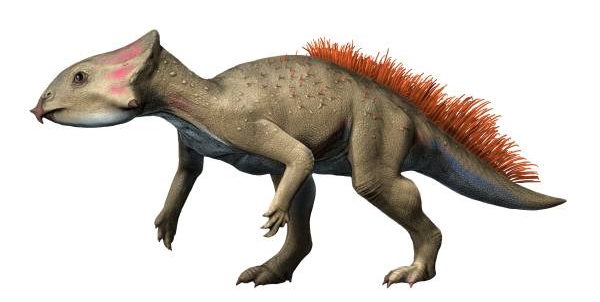
Long before Triceratops roamed the Earth, its distant and much smaller relative, Aquilop, was scurrying through the underbrush of what is now Montana. Measuring just 2 feet long and weighing about the same as a rabbit, this early horned dinosaur featured a small beak-like structure rather than the dramatic frills and horns of its later relatives. In our alternate timeline, Aquilops might have been the dinosaur equivalent of guinea pigs—gentle herbivores that formed strong social bonds and communicated with soft vocalizations. Their plant-based diet would have made them simple to care for, perhaps munching contentedly on fresh greens provided by their human companions. Children might have particularly enjoyed these dinosaurs for their docile nature and the small, primitive beak that gave them an endearing, parrot-like appearance when eating treats from their owners’ hands.
Mahakala: The Nimble Household Guardian

Named after a Buddhist deity, Mahakala was a tiny dromaeosaurid dinosaur from Mongolia that stood just 20 inches tall and weighed less than a house cat. This agile predator had the characteristic sickle claw and carnivorous diet of its raptor relatives, but in a much more manageable size. In our alternative reality, Mahakala might have been domesticated for rodent control, much like cats in our timeline, keeping households free of pests with their quick reflexes and predatory instincts. Their light weight and small size would have allowed them to navigate human dwellings with ease, perhaps even climbing furniture to reach hiding vermin. Mahakala owners might have developed a reputation for pest-free homes, leading to these dinosaurs becoming status symbols in certain communities. Their intelligence and responsiveness might have made them trainable to come when called or perform simple tricks for treats of small meat morsels.
Caring for Your Miniature Dinosaur Companion
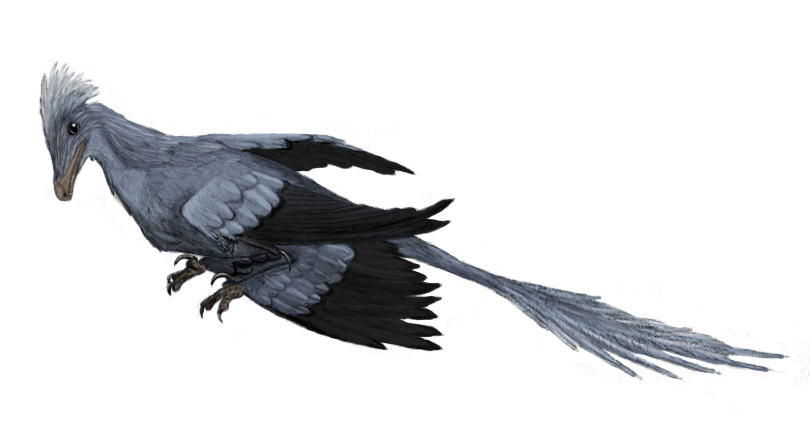
In our parallel universe, dinosaur ownership would have developed its specialized care industry. Veterinarians would have studied the unique physiology of these creatures, developing vaccines against “dino distemper” and other prehistoric pathogens. Pet supply stores would stock specially formulated foods catering to carnivorous, herbivorous, or insectivorous dietary needs of different species. Housing requirements would vary significantly—arboreal species like Microraptor might require tall enclosures with multiple perches, while ground-dwellers like Compsognathus would need secure, temperature-controlled terrariums with ample space to run. Dinosaur training classes would be popular weekend activities, where owners could learn to channel natural behaviors into acceptable household conduct. The most responsible owners would ensure their dinosaurs received regular exercise, mental stimulation, and social interaction, understanding that even domesticated dinosaurs would retain many of their wild instincts.
The Ethics and Challenges of Dinosaur Domestication
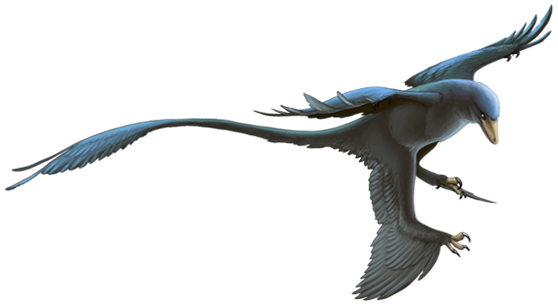
Like any pet ownership scenario, this alternate reality would face ethical questions about the domestication of prehistoric creatures. Conservation groups might advocate for keeping certain species in their natural habitats, while breeders might work to develop dinosaur varieties with temperaments better suited to home life. Zoning regulations would likely restrict ownership of certain species in urban areas, with licenses required for the more predatory varieties. Irresponsible owners might face fines for allowing their dinosaurs to roam unleashed, potentially hunting local wildlife or frightening neighbors. Ethical breeders would focus on maintaining genetic diversity and avoiding the health problems that selective breeding has caused in some modern domestic animals. Wildlife officials would contend with the problem of released pets establishing invasive populations, particularly concerning predatory species that could disrupt local ecosystems—an interesting parallel to issues with released exotic pets in our timeline.
Conclusion: Dreams of Dinosaur Domestication

While the asteroid impact 66 million years ago ensured we’ll never truly know what it would be like to share our homes with miniature dinosaurs, the fossil record gives us tantalizing glimpses of what might have been. These ten small species, with their fascinating adaptations and behaviors, represent just a fraction of the diversity of compact dinosaurs that once roamed the Earth. Their legacy lives on in their descendants—the birds that share our world today, some of which we’ve successfully domesticated as companions. Perhaps in appreciating modern avian pets, we’re experiencing a shadow of what dinosaur domestication might have felt like in that alternate universe where evolution took a different path. Until time travel becomes possible, we’ll have to content ourselves with imagining microraptors perched on our shoulders or Mei long curled up at the foot of our beds—dreams fueled by the remarkable scientific discoveries that continue to reshape our understanding of these captivating prehistoric creatures.

